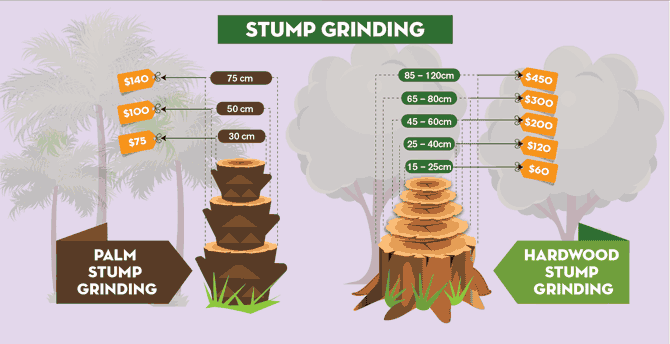Comprehending The Environmental Consequences Of Tree Elimination: Crucial Info For You
Comprehending The Environmental Consequences Of Tree Elimination: Crucial Info For You
Blog Article
Article By-Franck Mccullough
When it involves the ecological influence of tree elimination, there are crucial elements that require your focus. From the elaborate web of relationships within communities to the subsequent results on climate patterns, the repercussions are extensive. You may be surprised to uncover the intricate ways in which the removal of trees can resound throughout the setting. Stay tuned to unwind the intricate links and ramifications of this seemingly simple act.
Deforestation and Habitat Loss
Deforestation and environment loss are critical problems stemming from tree removal. When trees are cut down, it interferes with entire communities. Not just are the trees themselves shed, but the homes and food sources of numerous plant and pet types are damaged as well. Birds shed their nesting websites, mammals lose their sanctuary, and bugs lose their environments. The results surge via the food web, influencing predators and prey alike.
Additionally, deforestation contributes to climate change. Trees play a vital duty in taking in carbon dioxide, a greenhouse gas that catches heat in the environment. With fewer trees, there's less co2 absorption, resulting in boosted levels of this gas in the ambience and exacerbating worldwide warming.
Environment loss is a straight outcome of deforestation, as the destruction of woodlands suggests the loss of distinct and varied environments. Lots of varieties are not able to adapt to rapid adjustments in their setting, bring about population declines and, in many cases, extinction.
Securing woodlands is vital to preserving the fragile equilibrium of nature and making certain the survival of plenty of plant and pet types.
Effect on Biodiversity
The removal of trees has a considerable influence on biodiversity, influencing the range and wealth of plant and pet types in an area. Trees offer habitat and food sources for various organisms, from pests to birds to creatures. When trees are removed, these species lose their homes and resources of nourishment, bring about a decrease in their populaces. This interruption can have plunging results on the whole ecosystem.
In addition, trees play a critical function in maintaining biodiversity by producing microhabitats within their canopies, trunks, and origins that support a vast array of types. When trees are lowered, these specialized settings are destroyed, minimizing the general diversity of the area.
In addition, the removal of trees can cause a reduction in hereditary variety within plant populations, as certain tree varieties might no longer be able to replicate or distribute efficiently. Securing trees and woodlands is necessary for protecting biodiversity and ensuring the health and wellness of ecological communities for future generations.
Dirt Disintegration and Environment Modification
With trees being removed from an area, the disturbance of soil framework and security occurs, leading to boosted dirt erosion. Trees play a vital role in protecting against erosion by holding dirt in position with their root systems. When trees are gotten rid of, specifically in great deals, the dirt becomes more prone to disintegration from wind and water. This disintegration not just influences the immediate surroundings but can likewise lead to sedimentation in close-by water bodies, influencing water high quality and aquatic environments.
In addition, trees help manage the climate by soaking up carbon dioxide throughout photosynthesis. When trees are cut down, this all-natural carbon sink is diminished, contributing to raised levels of greenhouse gases in the environment. This can exacerbate environment change, causing even more severe climate events and disruptions in ecological communities worldwide.
For that reason, the elimination of trees not only accelerates dirt disintegration however additionally contributes in the bigger ecological concern of environment change. It's crucial to think about these elements when analyzing the effects of tree removal on the atmosphere.
Conclusion
Now that you know the ecological effect of tree removal, consider the effects before cutting down trees. Deforestation interrupts communities, lowers biodiversity, and contributes to dirt disintegration and environment adjustment. By being https://www.countryliving.com/home-design/color/g31158913/front-door-colors/ of the impact of tree removal, you can aid safeguard our environment and maintain the fragile equilibrium of nature. Make notified choices and take into consideration different services to reduce the adverse effects on our earth.
